Architecture in Perspective: Six CED Students Earn Prestigious Distinction in International ASAI Competition
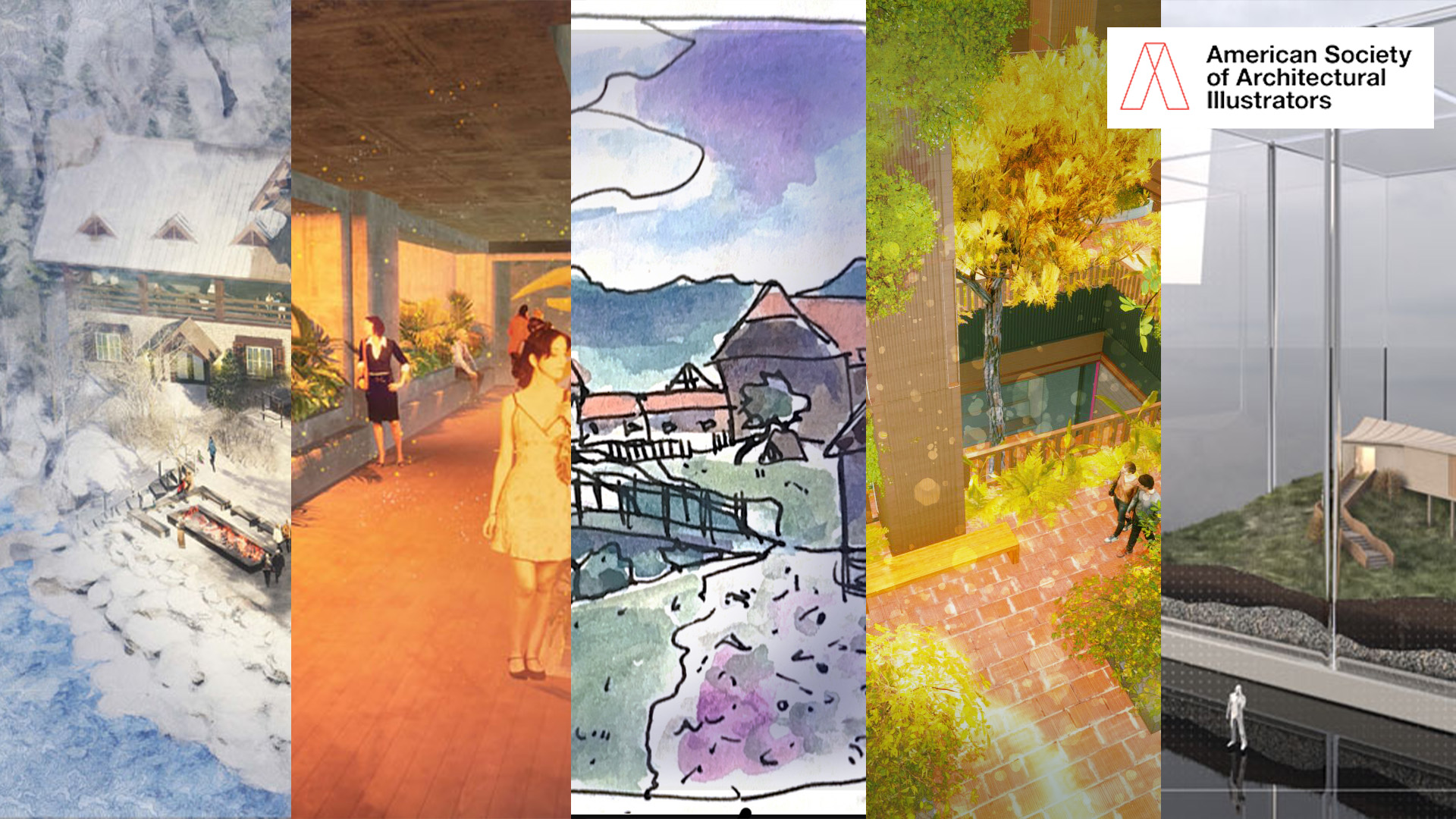
The College of Environment and Design (CED) is proud to announce that six of its undergraduate Landscape Architecture students have been recognized with Student Awards of Distinction in the American Society of Architectural Illustrators' (ASAI) 38th annual Architecture in Perspective Professional and Student Competition.
ASAI, an international organization founded in 1986, is dedicated to advancing the art, science, and profession of architectural illustration. Each year, this prestigious competition attracts top-tier submissions from professional and student illustrators worldwide, showcasing the finest in architectural illustration across diverse 2D formats, including drawings, paintings, renderings, and digital images.
These six award-winning students are enrolled in CED Assistant Professor Dr. Jessica Fernandez’s Advanced Visualization course, with an additional section taught by Professor Meadows. Their outstanding work will be featured in the upcoming Architecture in Perspective catalog. Congratulations to our talented students on this distinguished achievement! Take a look at the winning projects below:
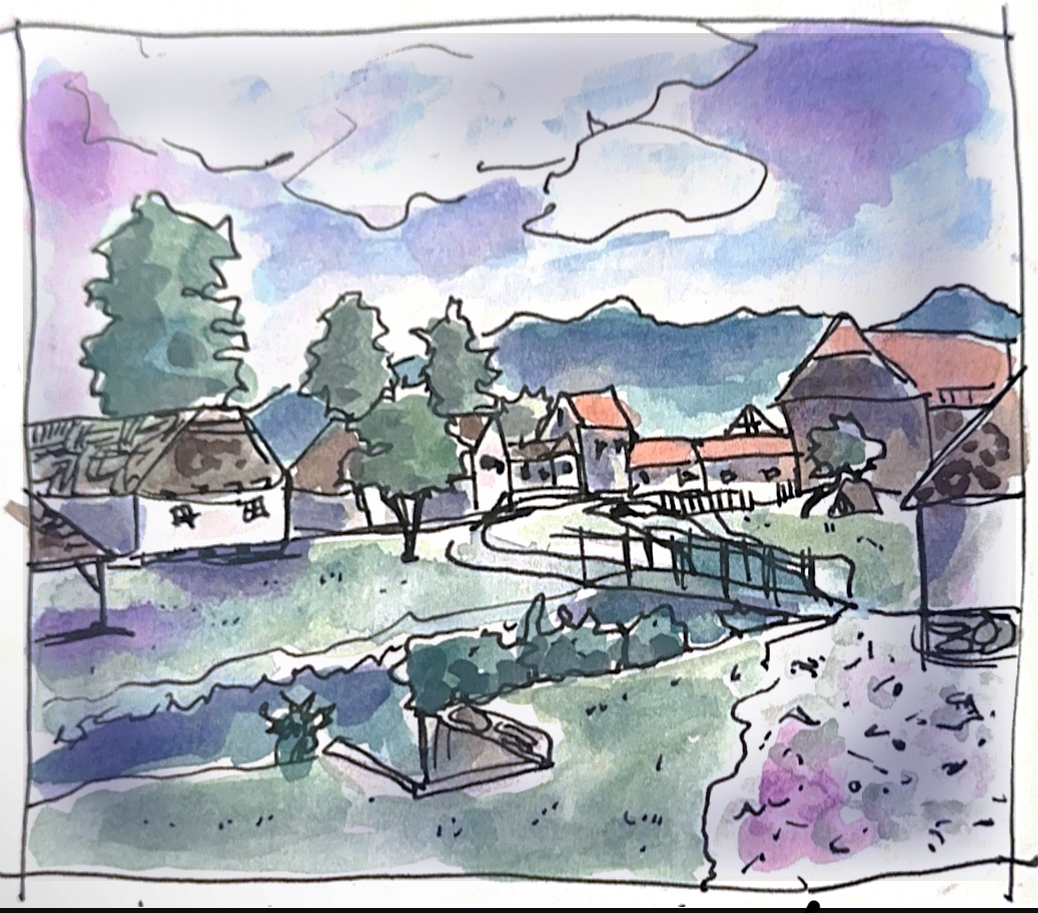
Olivia Basset created this plein air watercolor while studying abroad in Croatia through the CED’s Maymester course. While in the town of Kumrovec, Croatia, Olivia was inspired by the town itself being turned into an outdoor ethnological museum.
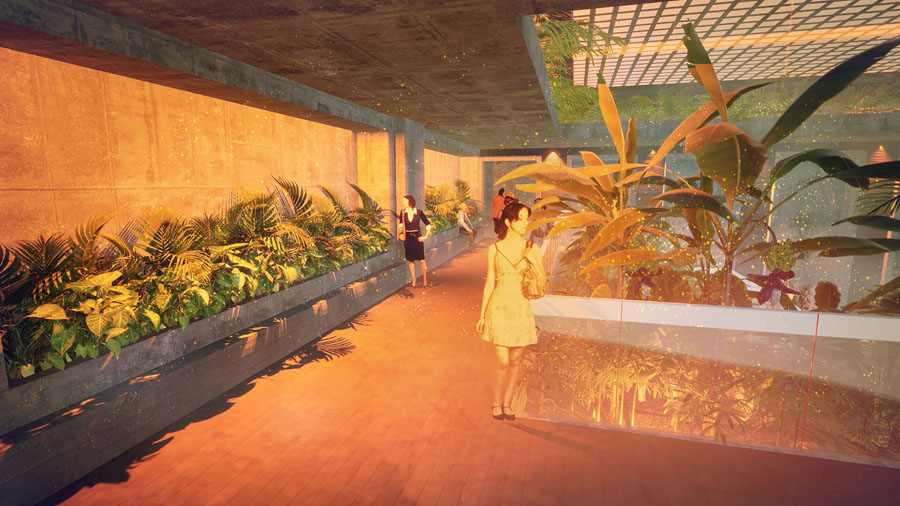
Luca Antinozzi created this art rendering using the software TwinMotion and Photoshop. Luca created a warm, inviting space within a jungle brutalism-themed design using a tropical plant color palette.
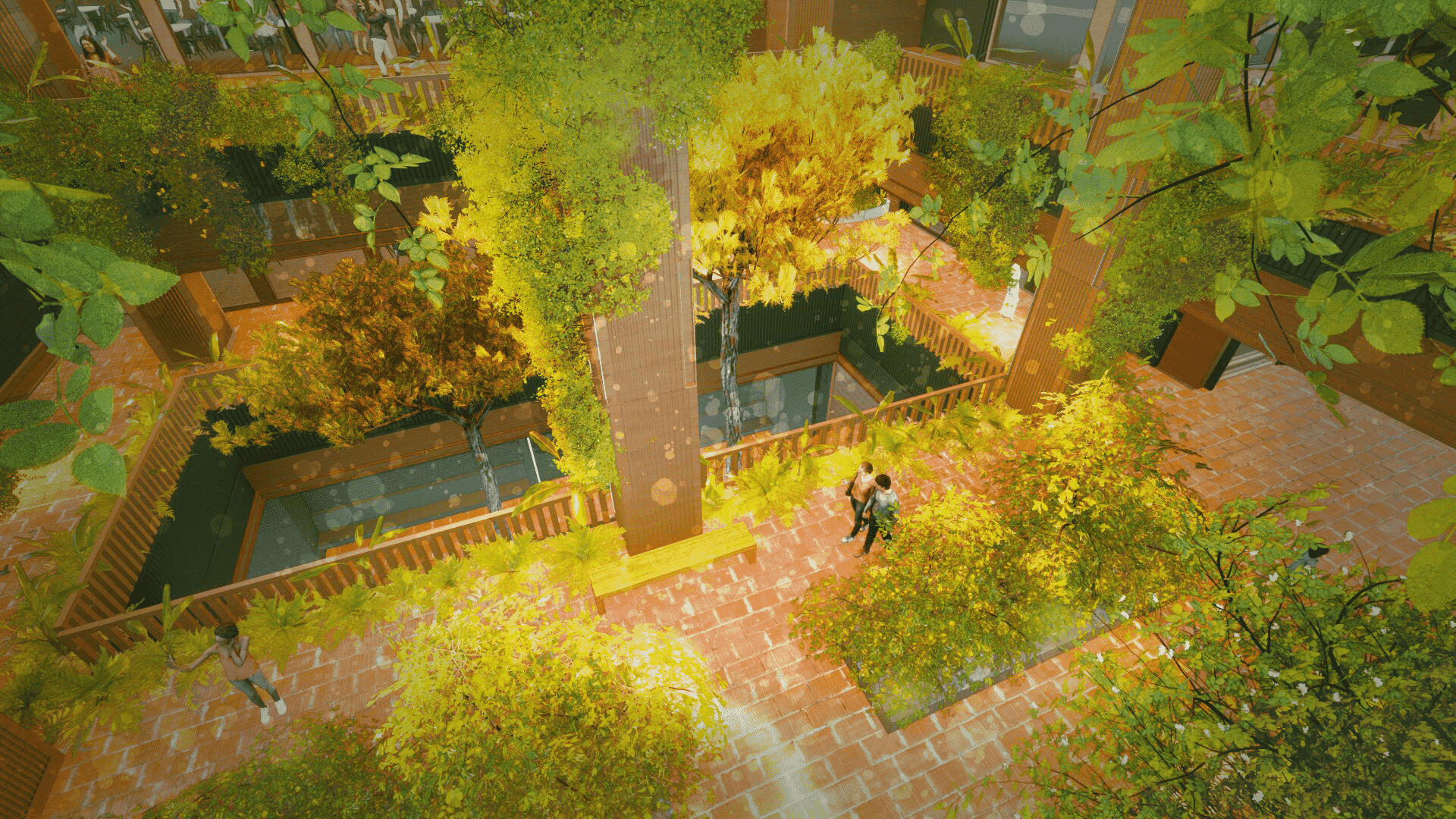
Dailey Jackson created this mall-based interior from an image generated in AI software. Using SketchUp, TwinMotion, and Photoshop, Dailey was able to create this western vibe image.
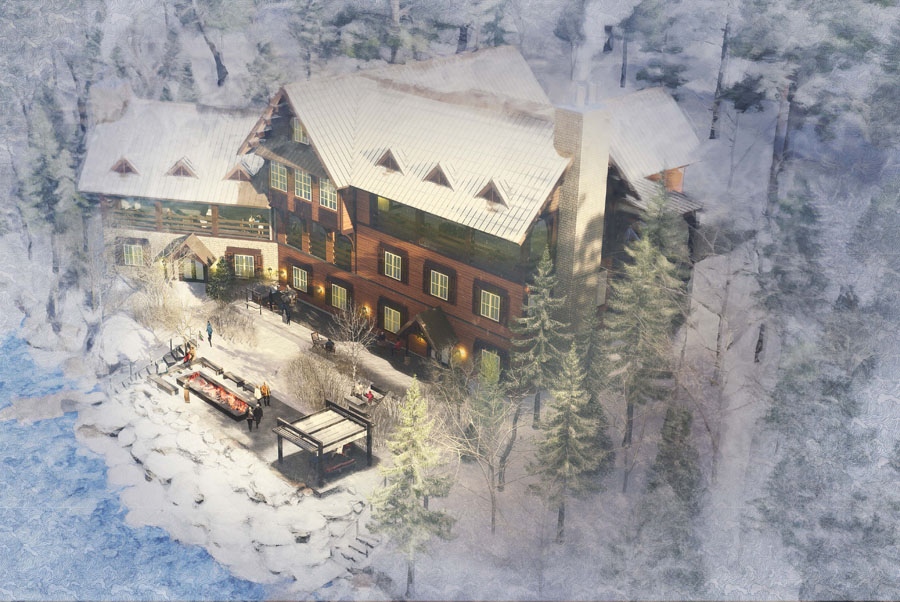
Erin Ideker created this image through the use of SketchUp, Lumion, and Photoshop. Erin’s inspiration came from the theme of an Arctic Lodge.
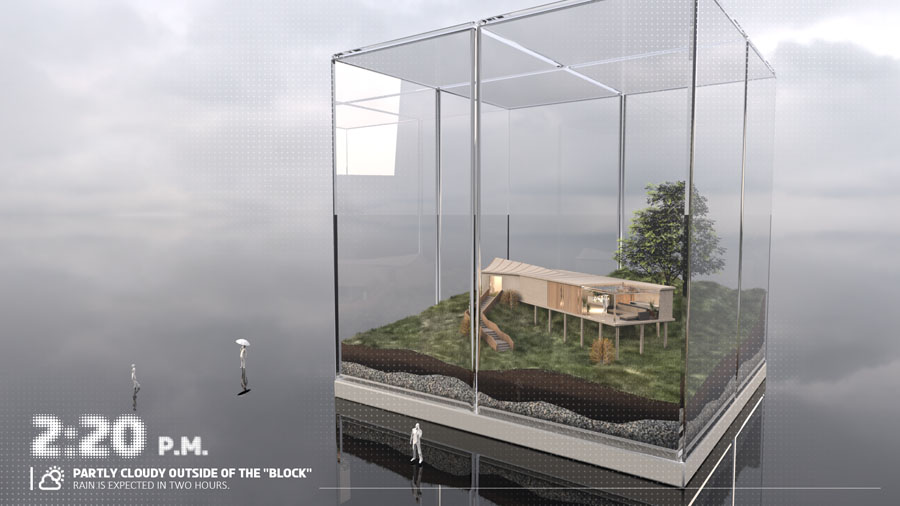
Yu Zhou created this image using several different architectural software programs. Yu drew inspiration from Antarctica’s research stations and how, even in the most challenging living environments, these stations are able to thrive.
